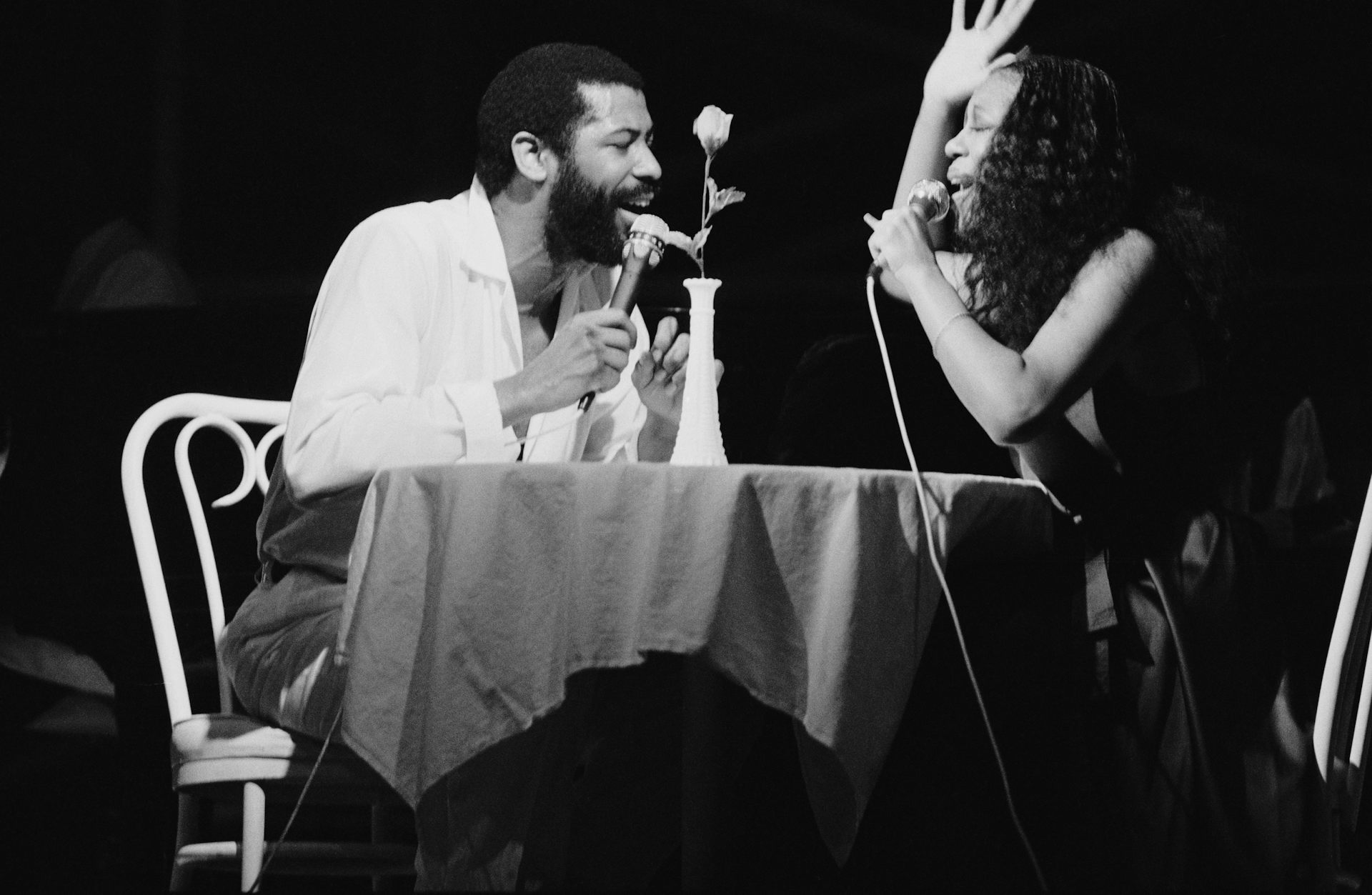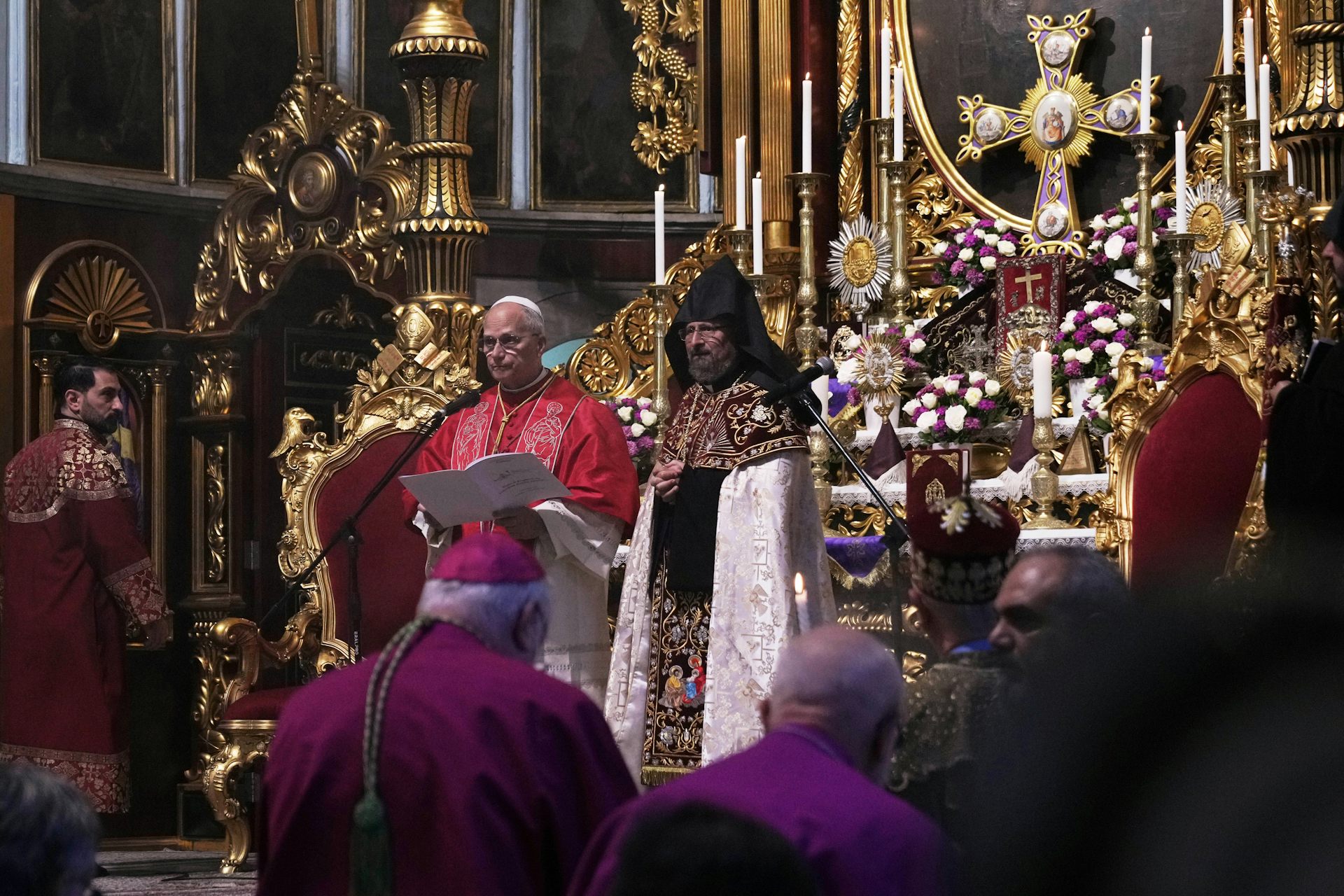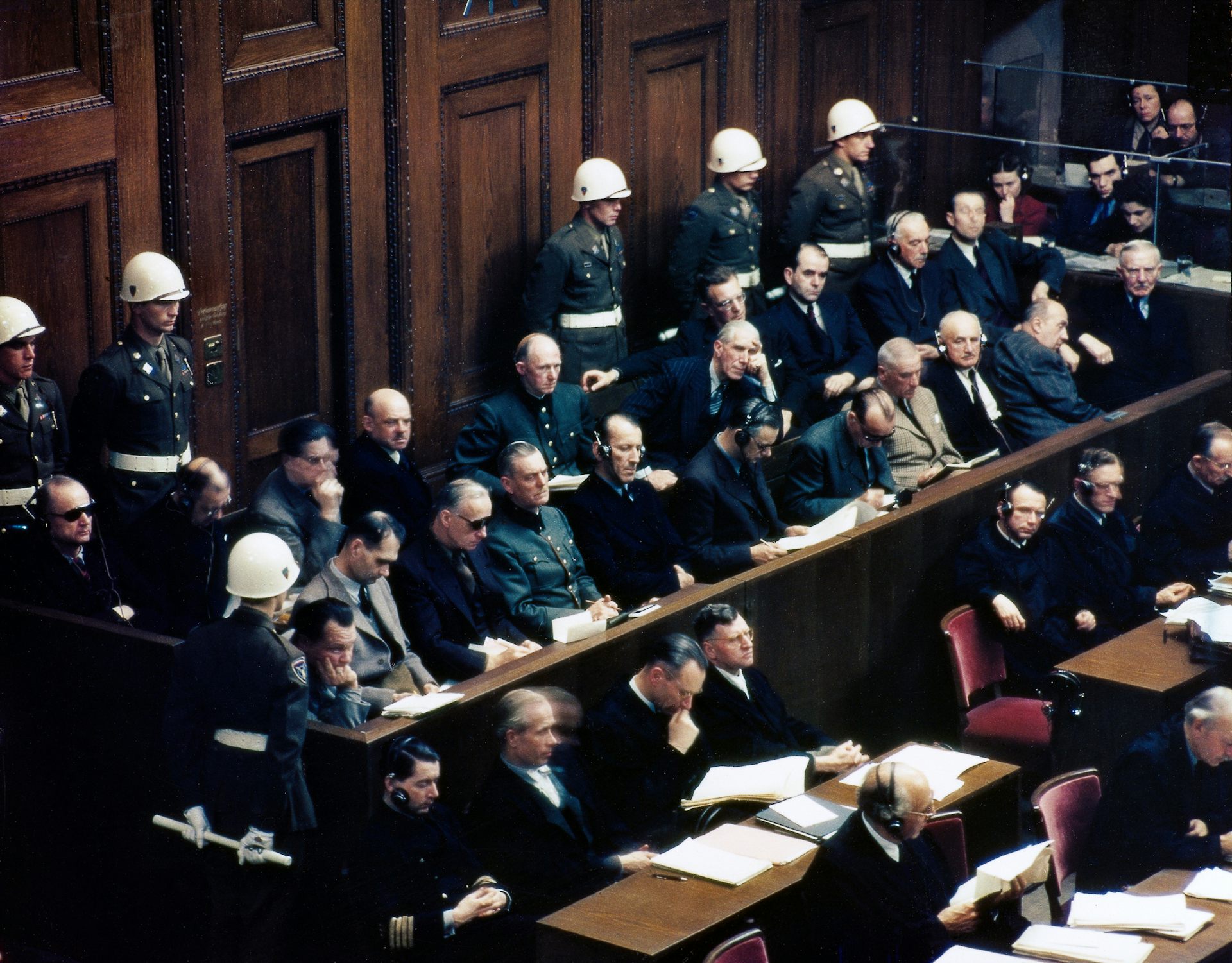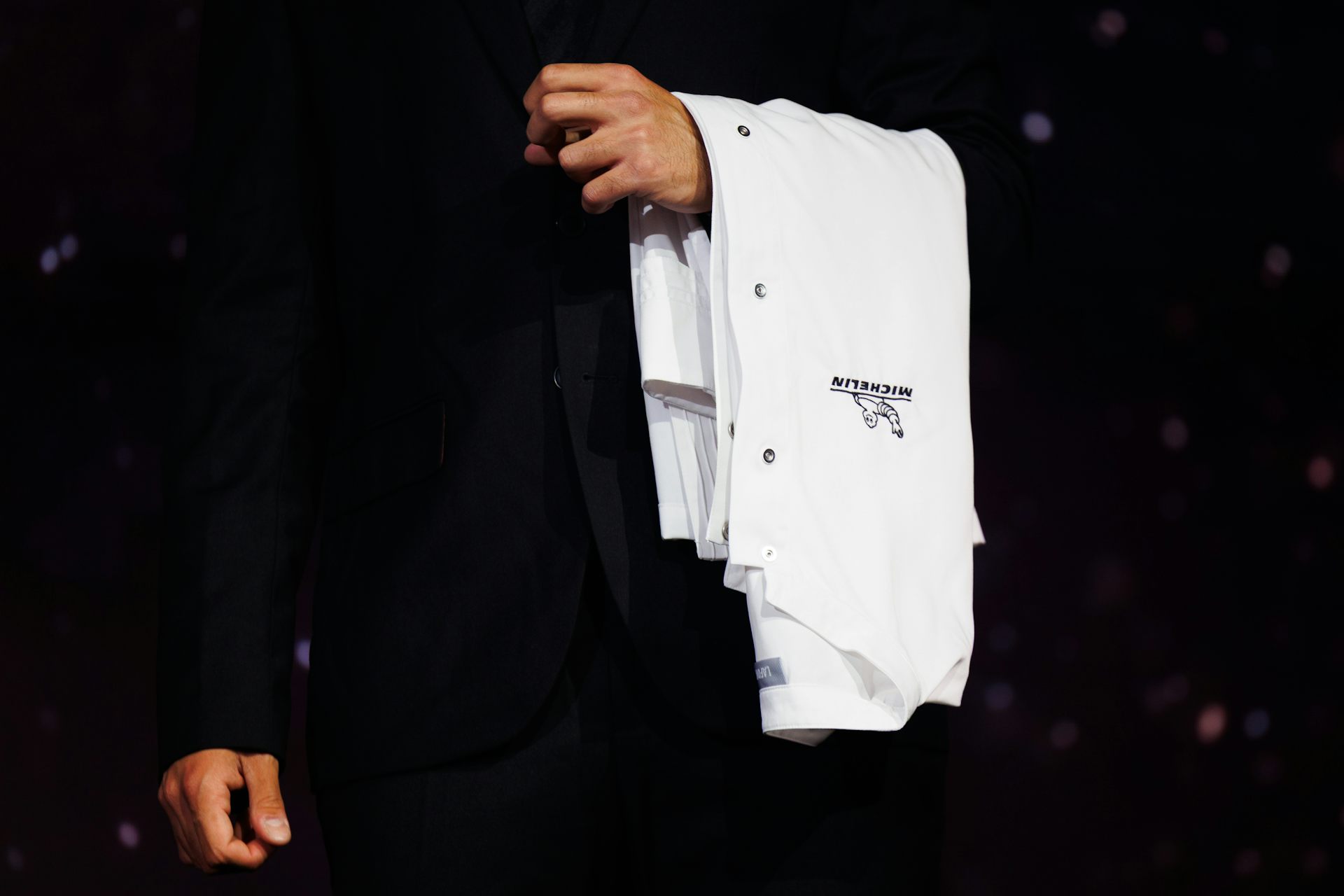Tour de France: How many calories will the winner burn?
Riders in the 2022 Tour de France will ride more than 2,100 miles (3,400 km) over the 21 flat and mountainous stages of the race. And they will burn an incredible amount of energy while doing so.
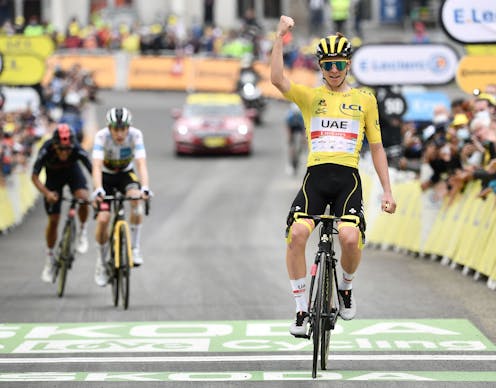
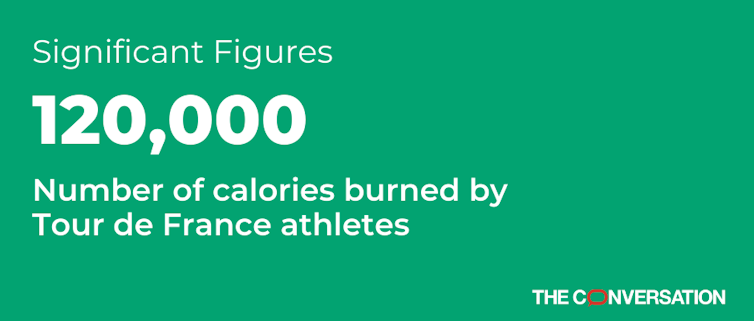
Imagine you begin pedaling from the start of Stage 12 of this year’s Tour de France. Your very first task would be to bike approximately 20.6 miles (33.2 kilometerskm) up to the peak of Col du Galibier in the French Alps while gaining around 4,281 feet (1,305 m) of elevation. But this is only the first of three big climbs in your day. Next you face the peak of Col de la Croix de Fer and then end the 102.6-mile (165.1-km) stage by taking on the famous Alpe d'Huez climb with its 21 serpentine turns.
On the fittest day of my life, I might not even be able to finish Stage 12 – much less do it in anything remotely close to the five hours or so the winner will take to finish the ride. And Stage 12 is just one of 21 stages that must be completed in the 24 days of the tour.
I am a sports physicist, and I’ve modeled the Tour de France for nearly two decades using terrain data – like what I described for Stage 12 – and the laws of physics. But I still cannot fathom the physical capabilities needed to complete the world’s most famous bike race. Only an elite few humans are capable of completing a Tour de France stage in a time that’s measured in hours instead of days. The reason they’re able to do what the rest of us can only dream of is that these athletes can produce enormous amounts of power. Power is the rate at which cyclists burn energy and the energy they burn comes from the food they eat. And over the course of the Tour de France, the winning cyclist will burn the equivalent of roughly 210 Big Macs.
Cycling is a game of watts
To make a bicycle move, a Tour de France rider transfers energy from his muscles, through the bicycle and to the wheels that push back on the ground. The faster a rider can put out energy, the greater the power. This rate of energy transfer is often measured in watts. Tour de France cyclists are capable of generating enormous amounts of power for incredibly long periods of time compared to most people.
For about 20 minutes, a fit recreational cyclist can consistently put out 250 watts to 300 watts. Tour de France cyclists can produce over 400 watts for the same time period. These pros are even capable of hitting 1,000 watts for short bursts of time on a steep uphill – roughly enough power to run a microwave oven.
But not all of the energy a Tour de France cyclist puts into his bike gets turned into forward motion. Cyclists battle air resistance and frictional losses between their wheels and the road. They get help from gravity on downhills but they have to fight gravity while climbing.
I incorporate all of the physics associated with cyclist power output as well as the effects of gravity, air resistance and friction into my model. Using all that, I estimate that a typical Tour de France winner needs to put out an average of about 325 watts over the roughly 80 hours of the race. Recall that most recreational cyclists would be happy if they could produce 300 watts for just 20 minutes!
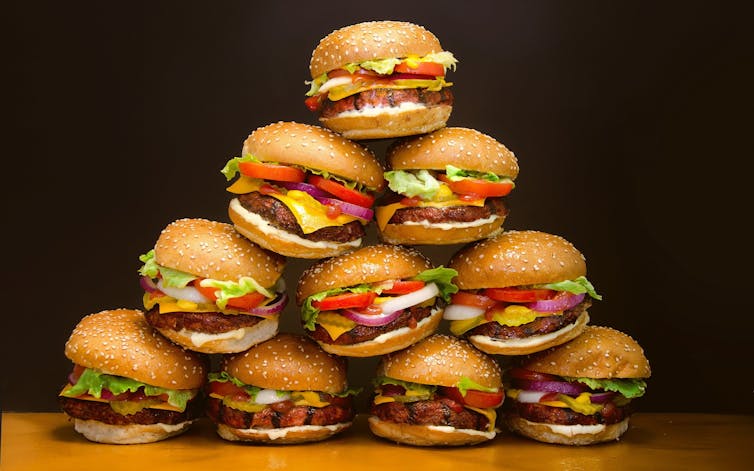
Turning food into miles
So where do these cyclists get all this energy from? Food, of course!
But your muscles, like any machine, can’t convert 100% of food energy directly into energy output – muscles can be anywhere between 2% efficient when used for activities like swimming and 40% efficient in the heart. In my model, I use an average efficiency of 20%. Knowing this efficiency as well as the energy output needed to win the Tour de France, I can then estimate how much food the winning cyclist needs.
Top Tour de France cyclists who complete all 21 stages burn about 120,000 calories during the race – or an average of nearly 6,000 calories per stage. On some of the more difficult mountain stages – like this year’s Stage 12 – racers will burn close to 8,000 calories. To make up for these huge energy losses, riders eat delectable treats such as jam rolls, energy bars and mouthwatering “jels” so they don’t waste energy chewing.
Tadej Pogačar won both the 2021 and 2020 Tour de France and weighs only 146 pounds (66 kilograms). Tour de France cyclists don’t have much fat to burn for energy. They have to keep putting food energy into their bodies so they can put out energy at what seems like a superhuman rate. So this year, while watching a stage of the Tour de France, note how many times the cyclists eat – now you know the reason for all that snacking.
[You’re smart and curious about the world. So are The Conversation’s authors and editors. You can read us daily by subscribing to our newsletter.]
This is an updated version of a story originally published on June 24, 2021.
John Eric Goff does not work for, consult, own shares in or receive funding from any company or organization that would benefit from this article, and has disclosed no relevant affiliations beyond their academic appointment.
Read These Next
The dystopian Pottersville in ‘It’s a Wonderful Life’ is starting to feel less like fiction
Frank Capra’s dark vision of corruption and greed highlights both the dangers of concentrated power…
Sabrina Carpenter’s and Chapelle Roan’s sexy pop hits have roots in the bedroom ballads of Teddy Pen
The soul singer-turned-R&B sex symbol Teddy Pendergrass helped defined the Sound of Philadelphia…
Pope Leo XIV’s visits to Turkey and Lebanon were about religious diplomacy
During his visit to Turkey and Lebanon, Pope Leo XIV met several leaders of Christian communities and…



